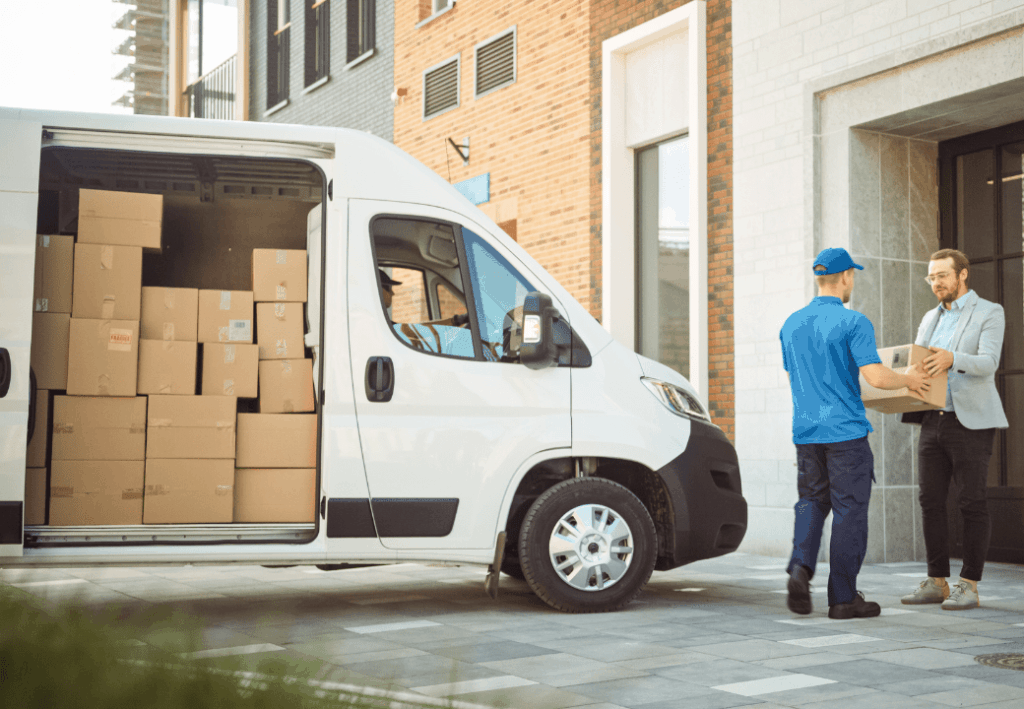Some carriers choose to use a service provider with green vehicles, such as Dachser, which outsourced its last-mile deliveries to the Triporteurs de l’Ouest in several cities in Brittany, France (Rennes, Saint-Malo and Nantes) in 2017. Using bicycles fitted with trailers, deliveries are pollution-free and noiseless. Bicycles can also easily avoid traffic jams thanks to dedicated bike lanes. In fact, according to a study by the University of Westminster, electric cargo bikes deliver 60% faster than trucks in city centers (4).
Many carriers prefer to invest directly in green fleets, such as Chronopost, which has more than 650 low-emission vehicles (electric, NGV and cargo bikes) in France. These vehicles allow the express delivery company to make 100% “carbon-free” deliveries in 17 French cities, including Paris. Plans for increased electric mobility are being implemented by the majority of the market’s major players, including:
- DHL Express France aims to make 70% of its first and last mile deliveries with zero-emission solutions by 2025.
- DPD has committed to roll out a zero-emission fleet in 225 European cities by 2025.
- FedEx is committed to making all its activities carbon neutral by 2040.
Using green vehicles allows companies to stand out from competitors and to convey a positive image to consumers and public authorities. It also allows companies to stay ahead of tomorrow’s regulations, as cities become ever more eco-friendly.
The parcel delivery industry is changing to meet the new consumer habits of the general public. Driven by e-commerce sales, the parcel delivery industry is now facing different challenges: the expansion of national and international parcel delivery networks, the increased range of services offered (extended time slots, live parcel tracking, etc.), especially in terms of the delivery methods. Environmental issues are now at the heart of consumers’ concerns and are pushing carriers to create greener fleets, especially in urban areas.

